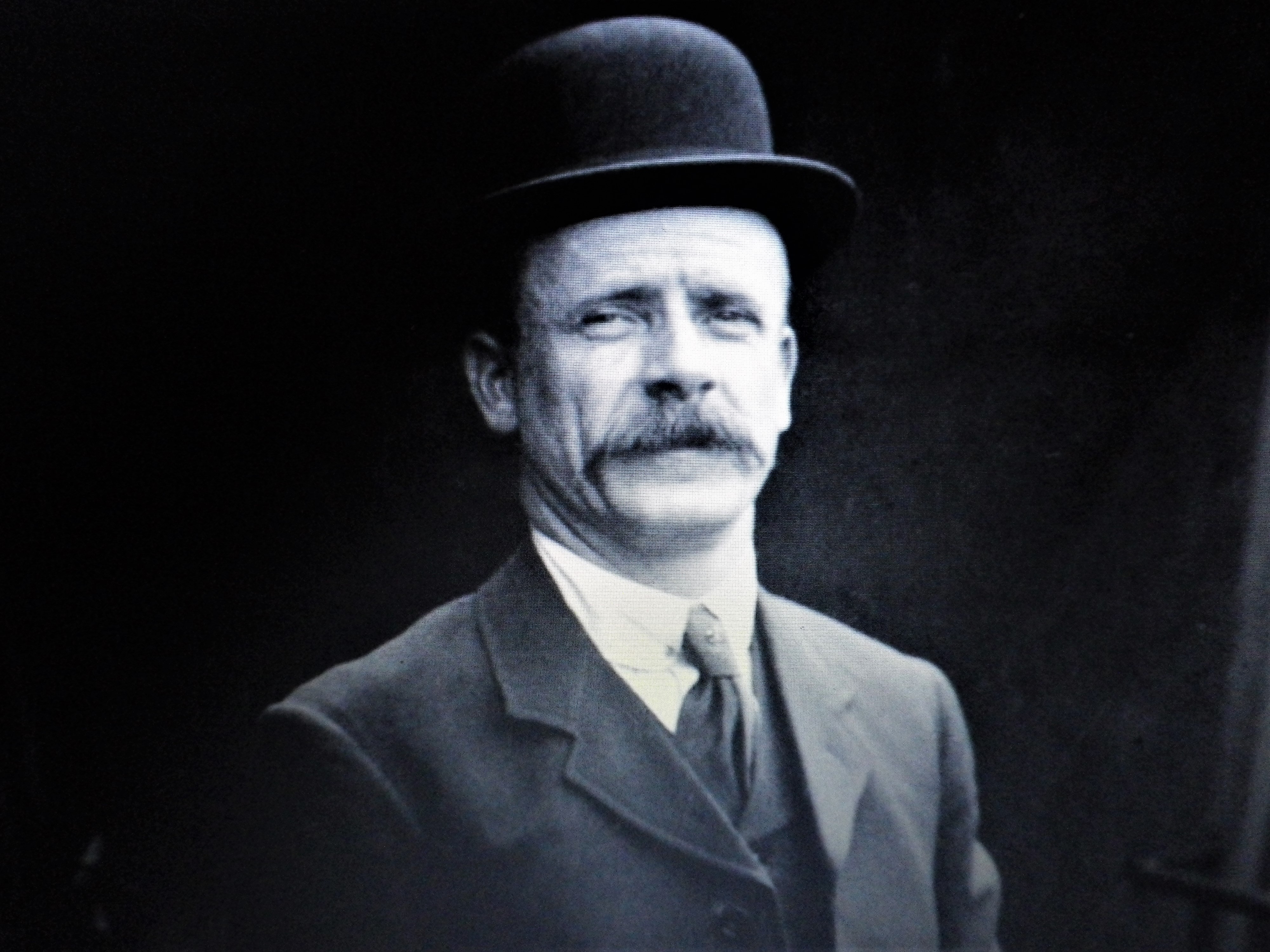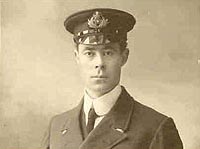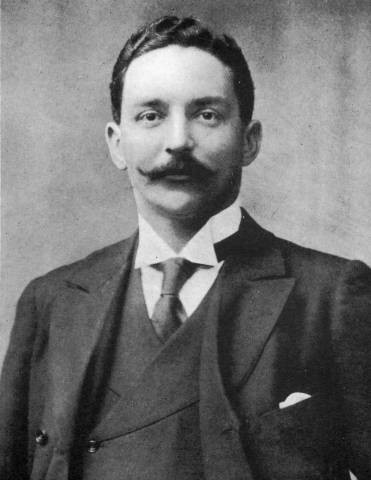Three Faces from the Titanic
“I was once in a ship that was believed to be unsinkable”
The story of the Titanic has always fascinated us and is one of the most discussed events in history. This is about three very different people who had one thing in common, they were all on board the White Star line ship Titanic on 15th April 1912.
Able seaman Thomas Jones, 
5th Officer Harold Lowe 
and Shipping owner Bruce Ismay 
Thomas Jones was born in the coastal village of Cemaes on Anglesey on 15th November 1877 but was living at 68, Nesfield Street in Liverpool when he signed on for the maiden voyage of Titanic sailing to New York. When disaster struck on that night in April, he was put in charge of lifeboat no 8 and despite having only 35 people on board a boat that could carry 60, he was ordered to cast off as many passengers thought the ship was unsinkable and therefore there was no need to board a lifeboat.
On board the lifeboat was Countess Rothes her cousin and her maid. Jones could see that she was used to ships and boats and put her in charge of steering. She supported Jones when he suggested going back to pick up survivors, but they were outvoted by the rest of the passengers in the lifeboat. This led to an unlikely lifelong friendship between two people from very, different ways of life.
After eight hours on the freezing waters, they were rescued and taken to New York were Jones and the countess went their separate ways, never to meet again. As a parting gift the countess presented the crewman with a silver pocket watch as a thank you for saving her life and he gave her the plaque displaying the number eight taken from their lifeboat. Although they never met again, they maintained correspondence for the rest of their lives.
Harold Lowe was born in Llanrhos, outside Llandundo on 21st November 1882. His father had ambitions for him to be apprenticed to a successful Liverpool businessman. However, Lowe was determined to go to sea and at the age of 14 he ran away from his home in Barmouth and joined the Merchant Navy.
By the time he joined the White Star Line, in 1911, he had gained his master’s certificate and at nine o’clock in the morning on 26th March 1912 he reported to the Liverpool offices of the shipping line and travelled to Belfast to join Titanic.
On that disastrous night in April he was involved in launching the lifeboats. It took ten people to launch each boat and it was at this stage that he had an argument with the owner of the shipping line Bruce Ismay about the time each lifeboat was taking to be launched. He eventually took charge of lifeboat no. 14 and was the only boat to go back to pick up extra passengers from the sea. After a long, distinguished career in the merchant navy he retired to Deganwy where his family still own the house. You can see the blue plaque on the wall of the house to this day. He is buried in St Trillo churchyard Rhos on Sea next to the grave of the German featured in last month’s story.
Bruce Ismay was the son of Thomas Ismay founder of the White Star Shipping Line. The family originally lived in Formby outside, Liverpool but Thomas built a house in Thurstaston on the Wirral, Dawpool House. Thomas was so important at the time that he was able to have both the railway and main road diverted away from his home so that he was not disturbed by the noise.
After the death of his father on 23rd November 1899, Bruce succeeded him as chairman of the White Star Line and decided to build four ocean liners to surpass the RMS Oceanic built by his father. These vessels were designed more for size and luxury than for speed. In 1902 Ismay oversaw the sale of the White Star Line to JP Morgan & Co and became president of the newly formed International Mercantile Marine Company. Titanic was built to compete with the recently launched RMS Mauretania and RMS Lusitania of the Cunard Shipping Line, their main rivals.
Ismay occasionally accompanied his ships on their maiden voyages, and this was the case with the Titanic. On that evening in 1912, Ismay boarded collapsible lifeboat “C” on the starboard side as there were no woman or children waiting to board the lifeboat. Upon arrival in New York, Ismay was savaged by both the American and British press for deserting his ship but later was cleared of blame by the British inquiry led by Lord Mersey. However, he was never the same again and became a man of solitary habits and his wife Florence ensured the subject of the Titanic was never again discussed within the family. At a Christmas time family gathering in 1936, less than a year before his death, one of his grandsons enquired if his grandfather had ever been shipwrecked. Ismay finally broke the quarter of a century silence on the tragedy that had blighted his life, replying, “Yes, I was once in a ship which was believed to be unsinkable.”
My thanks to the following- History points, Titanic.com, Liverpool Echo, Historic.uk, BBC.com, National Archives and Wikipedia.